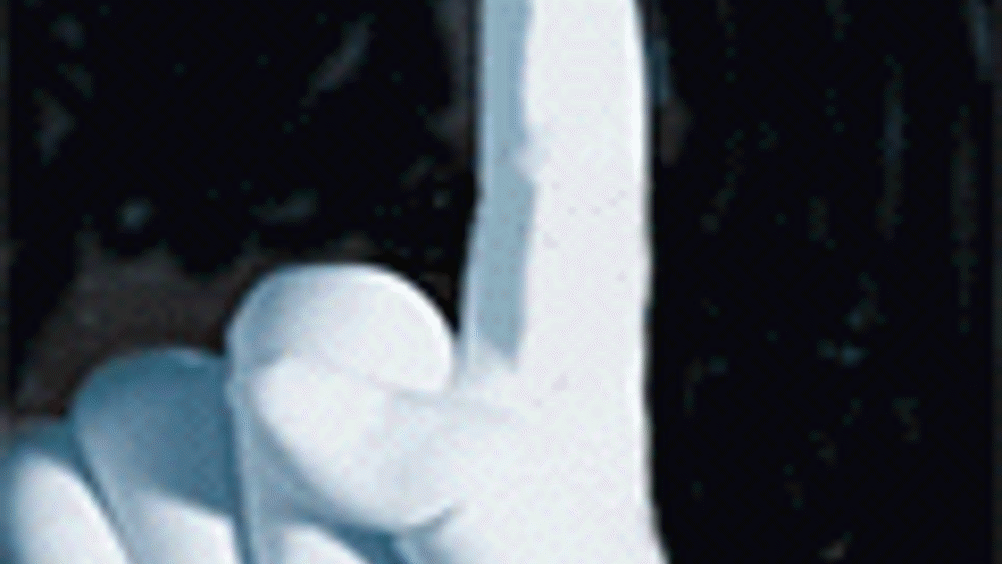Fingertip device points the way

Researchers at the University at Buffalo's Virtual Reality Lab have unveiled the Fingertip Digitiser, which users wear on the tip of the index finger to control a computer or other electronic device.
Rather than the two-dimensional plane of a mouse, the device can communicate the meaning and intent of common hand gestures, such as pointing, wagging the finger, tapping in the air or other movements that can be used to direct the actions of an electronic device. It can also convey to a computer very precise information about the physical characteristics of an object when a user touches it.
‘The gesture-recognition function of this device, in particular, has great potential for a wide range of applications, from personal computing to medical diagnostics to computer games,’ said Young-Seok Kim, a doctor of mechanical engineering at UB. Kim created the Fingertip Digitiser with Thenkurussi Kesavadas, director of UB's Virtual Reality Lab and associate professor of mechanical and aerospace engineering in the UB School of Engineering and Applied Sciences.
Register now to continue reading
Thanks for visiting The Engineer. You’ve now reached your monthly limit of news stories. Register for free to unlock unlimited access to all of our news coverage, as well as premium content including opinion, in-depth features and special reports.
Benefits of registering
-
In-depth insights and coverage of key emerging trends
-
Unrestricted access to special reports throughout the year
-
Daily technology news delivered straight to your inbox










UK Enters ‘Golden Age of Nuclear’
The delay (nearly 8 years) in getting approval for the Rolls-Royce SMR is most worrying. Signifies a torpid and expensive system that is quite onerous...